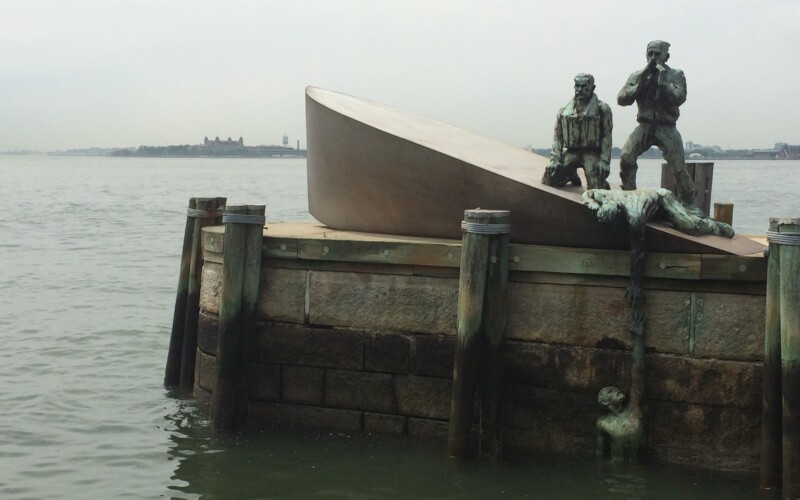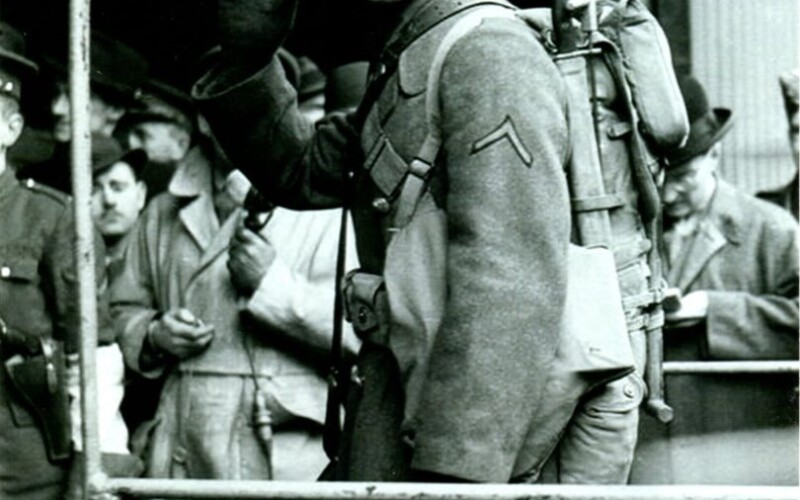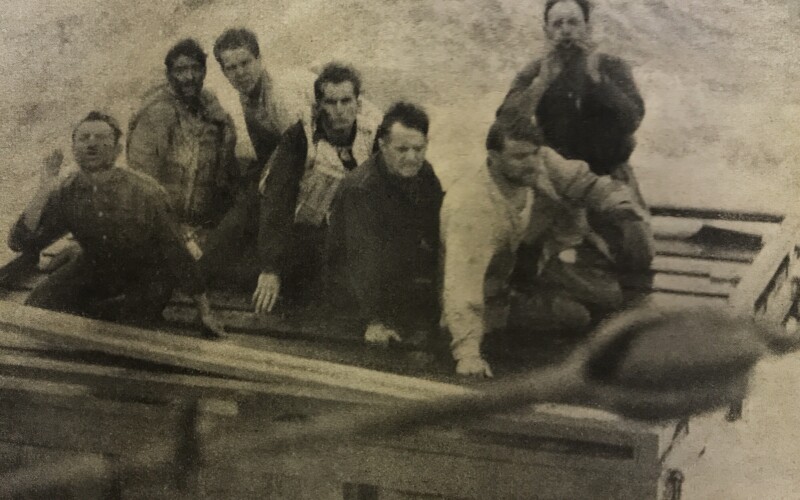We have experience hosting a range of audiences, from college classes to birthday parties to company outings, and we customize our tours to meet your group’s interests and needs.
Book a private tour today
Over the past four centuries, the Battery at the tip of Manhattan has evolved, from a fortification to immigration station to park to National Monument. On this virtual walking tour, …
Read more

On January 15, 1942, ships of convoy AT-10 left the Brooklyn Army Terminal to make the journey across the Atlantic. Aboard the transports USS Chateau Thierry and HMTS Strathaird were …
Read more

On June 9, 2018, Reinhard Hardegen, the last surviving German submarine commander of World War II, died at the age of 105. With his passing, he joins the ghosts of …
Read more
